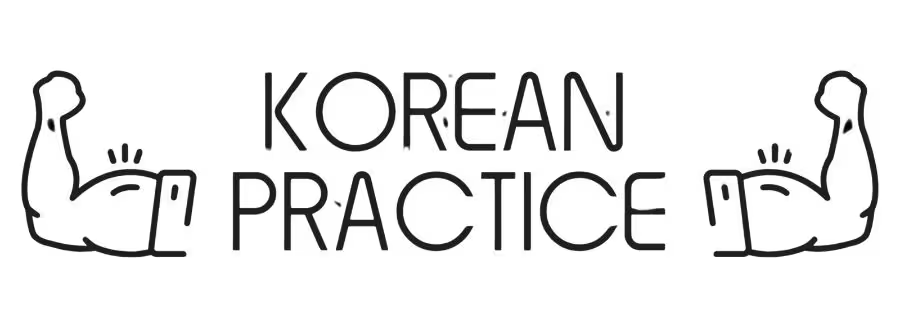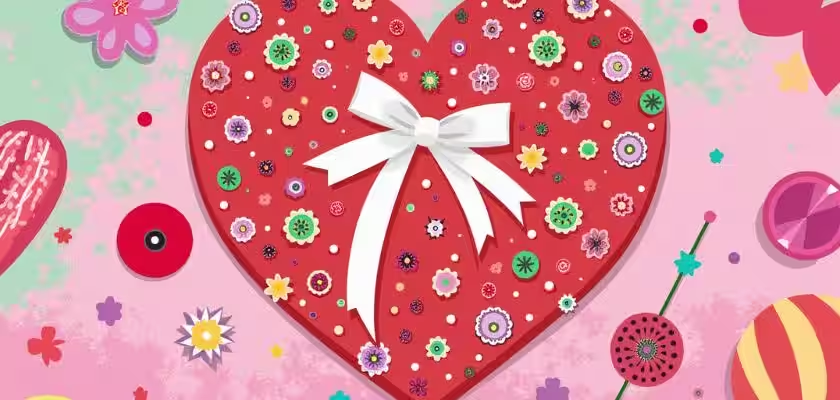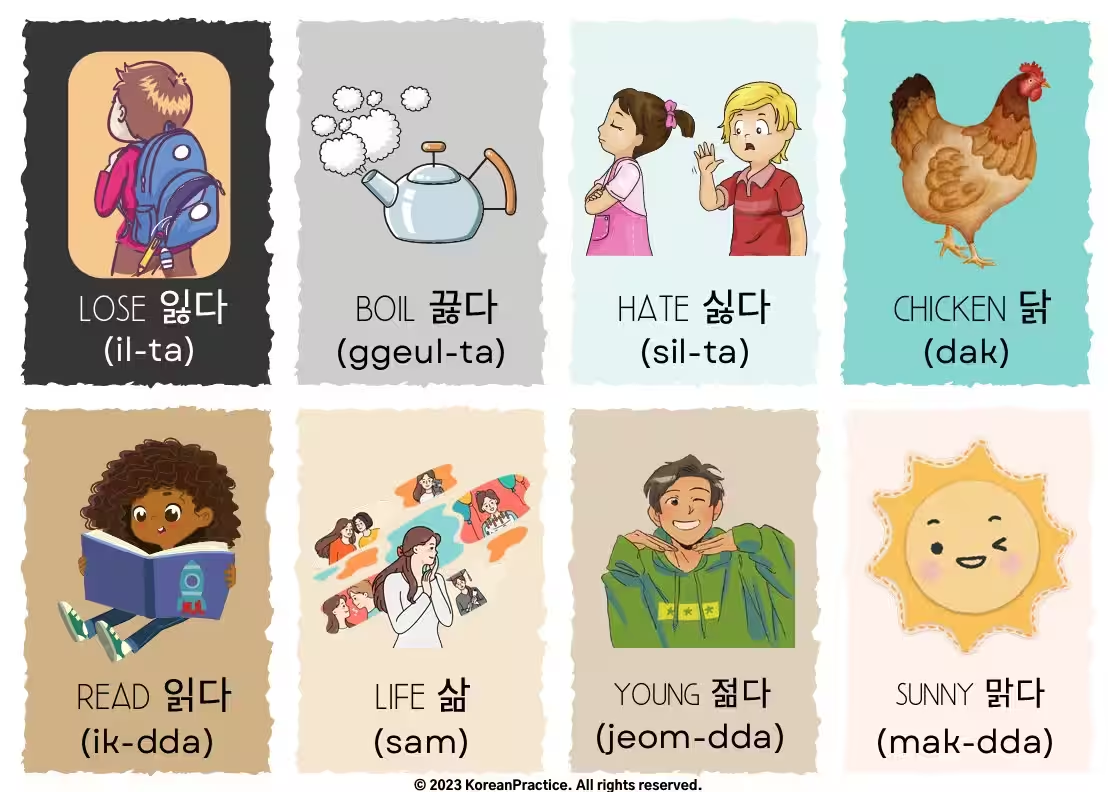Suh ChangWhoon
Written by 서 창훈, a certified Korean teacher with 14+ years of experience in Japan. He previously worked as a government officer, cybersecurity consultant, and English interpreter. Today, he teaches Korean in real classrooms without complex grammar explanations — instead, he trains students’ brains to speak naturally. His unique method is now the foundation of all his Korean courses.
Table of Contents
Have you ever heard about White Day in Korea?
In many countries, people give chocolate or flowers on Valentine’s Day. But in Korea, there’s another special day one month later—March 14, called 화이트데이 (White Day). That’s how you say White Day in Korean.
White Day is a fun tradition in Korean culture, but many foreigners are surprised when they hear about it for the first time.
✅ Example
Original Korean Sentence
남자가 여자에게 사탕을 줘요.
Pronunciation Guide
남자가 (nam-ja-ga) 여자에게 (yeo-ja-e-ge) 사탕을 (sa-tang-eul) 줘요 (jwo-yo).
Meaning and Context
남자 (man) 가 (subject marker) 여자 (woman) 에게 (to) 사탕 (candy) 을 (object marker) 줘요 (give; polite form).
English Translation
A man gives candy to a woman.
Literal Translation
Man give candy to woman.
Not sure how to bow properly? Learn the 3 main types of bows in Korean culture and when to use each!
Start the Free Course
Still wondering how to read Korean?

This isn’t just another beginner lesson. It’s a complete system designed to change the way you think about Korean — from struggling with letters to reading real sentences, understanding the language, and speaking out loud with confidence.
Happy White Day in Korean 💝
On White Day, boys usually give candy or small gifts to girls. This is different from Valentine’s Day in Korea, where girls give chocolate to boys first.
Unlike some Western holidays, Koreans don’t really have a specific greeting for White Day like “Happy White Day.” Instead, people might say things like:
- “화이트데이 뭐 받았어?” (What did you get for White Day?)
- “화이트데이 선물 줬어?” (Did you give a White Day gift?)
- “오늘 화이트데이네!” (Today is White Day!)
Most conversations around White Day focus on asking about gifts or casually mentioning that it’s White Day, rather than formal greetings. It’s more common to hear friends teasing each other about what they gave or received than exchanging holiday wishes.
What is White Day in Korea?
You might ask, What is White Day in Korea, and where did it come from?
White Day started in Japan, then came to Korea in the 1980s. In Korea, it became popular fast. The idea is this:
On Valentine’s Day, girls give chocolate.
On White Day, boys return the favor with candy, cookies, or small presents.
It’s not only about love. These days, even friends and classmates exchange sweets.
🍲 Hungry? Discover 9 popular Korean foods with easy example sentences!
✅ Example
Original Korean Sentence
화이트데이는 3월 14일이에요.
Pronunciation Guide
화이트데이 (hwa-i-teu-de-i) 는 (neun) 삼월 (sam-wol) 십사일 (sip-sa-il) 이에요 (i-e-yo).
Meaning and Context
화이트데이 (White Day) 는 (White Day is the topic) 3월 ( March) 14일 (14th day of the month) 이에요 (is; polite present tense form of “이다” – to be)
English Translation
White Day is on March 14th.
Literal Translation
White Day is March 14th.
☁️ Visiting Korea in March? See the weather, travel tips, and more!

Start the Story Course
Looking for super easy way to learn Korean?

Most Korean courses stop at grammar. Mine goes beyond — with stories, Story Style Breakdown™, and real practice to help you speak.
Watch this short Korean story
See how easy learning can be. Real sentences, clear pronunciation, no stress.
White Day Korea Gifts – What Do People Give?
So, what are common White Day Korea gifts?
The most popular one is 사탕 (sa-tang), which means candy. But many people also give:
Chocolate (yes, again!)
Cookies
Plush toys
Handwritten letters
Small accessories, like a bracelet or keyring
It depends on your relationship. For friends, candy is enough. For couples, people often prepare something more special.
🙏 Learn the 3 Korean bows and when to use them – A must for travelers!
✅ Example
Original Korean Sentence
나는 친구에게 쿠키를 줬어요.
Pronunciation Guide
나는 (na-neun) 친구에게 (chin-gu-e-ge) 쿠키를 (ku-ki-reul) 줬어요 (jwot-sseo-yo).
Meaning and Context
나 (I) 는 (subject marker; indicates the subject of the sentence) 친구 (friend) 에게 (to) 쿠키 (cookie) 를 (object marker) 줬 (gave) 어요 (polite sentence ending).
English Translation
I gave a cookie to my friend.
Literal Translation
I gave cookie to friend.
Why Is It Called White Day?
Some people wonder, why is it called White Day? Why not “Candy Day” or “Return Day”?
The “white” comes from the idea of something pure and clean. Also, in the early days, people gave white-colored candies, like marshmallows. That’s why the name stuck.
White is also a color that feels bright, like spring. Since March is the start of spring in Korea, the name matches the mood.
🎂 Confused by Korean age? Here’s why it matters so much – Read now!
From My Original Story Style Breakdown™ — A New Way to Truly Understand Korean
This is just one sentence from a complete learning system you won’t find anywhere else. — designed to help you understand Korean naturally, without getting lost in grammar rules.
When you can truly understand Korean sentences this way, speaking becomes much easier.
🚀 Quick Learning

Original Korean Sentence
사자가 코끼리를 잡아요.
Pronunciation Guide
사자가 (sa-ja-ga) 코끼리를 (ko-ggi-ri-reul) 자바요 (ja-ba-yo).
English Translation
The lion catches the elephant.
Literal Translation
Lion catch elephant.
Quick Reference
사자가 (lion) 코끼리를 (elephant) 잡아요 (catch).
💡 Need more details? Click “Deep Learning” below!
🔍 Deep Learning
Meaning and Context
사자 (lion)
→ The lion — the one taking action now in the story.
가 (subject marker)
→ Points out that the lion is doing the action.
코끼리 (elephant)
→ The one the action is done to.
를 (object marker)
→ Shows that the elephant is the object being caught.
잡 (to catch, grab, take)
→ The action — the lion catches or grabs the elephant.
아요 (polite ending)
→ I’m telling you this in a polite and friendly way.
Real-Life Usage
잡아요 is common when talking about catching or holding something.
Pattern Practice
1. 사자가 토끼를 잡아요.
2. 고양이가 쥐를 잡아요.
3. 아이가 공을 잡아요.
4. 강아지가 공을 잡았어요.
Free Korean Flashcard
FAQs (What You Might Still Wonder About)
1. ❓ Do people celebrate White Day in Korea every year?
Yes, White Day is celebrated every year on March 14 in South Korea. It’s a widely recognized day, especially among students and young adults.
2. ❓ Is White Day a public holiday in Korea?
No, White Day is not a public holiday in Korea. Schools and businesses operate normally, but people often exchange gifts in the evening or during school hours.
3. ❓ Can foreigners participate in White Day in Korea?
Yes! Foreigners are welcome to join in. Many people find it fun to follow Korean customs and give small gifts to friends or loved ones.
4. ❓ What is the difference between White Day and Pepero Day?
White Day (March 14) is about returning gifts after Valentine’s Day. Pepero Day (November 11) is a separate event where people give Pepero snacks to show affection or friendship.
5. ❓ Do women ever give gifts on White Day in Korea?
Traditionally, men give gifts on White Day, but nowadays it’s becoming common for women to also give gifts in return, especially in modern or mutual relationships.
6. ❓ How is White Day in Korean schools?
In Korean schools, students often bring candies to share with classmates. It’s usually done in a light and playful way, not always romantic.
🍽️ Don’t make these 6 Korean table etiquette mistakes – Click to learn!
Final Thoughts:
White Day in Korea is not just a sweet version of Valentine’s Day. It has its own meaning, culture, and even its own Korean word: 화이트데이.
For foreigners, it can be fun to join in. Even if you’re not in a relationship, giving a small candy to a friend or teacher can make someone smile. Understanding White Day in Korean culture is also a good way to connect with people—and learn the language, one cute holiday at a time.
Have you ever received a gift on White Day? Or would you like to give one in Korea someday?








